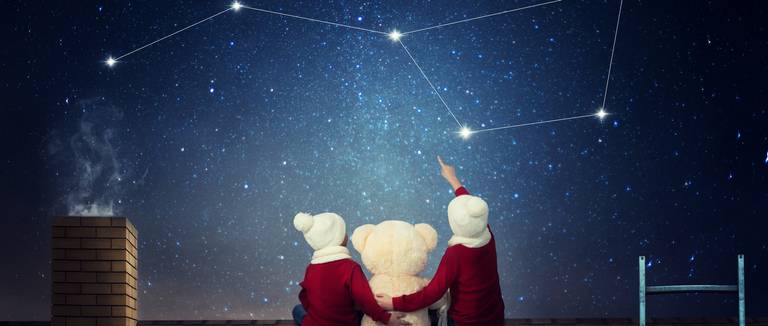The Constellations of Summer (June to August)
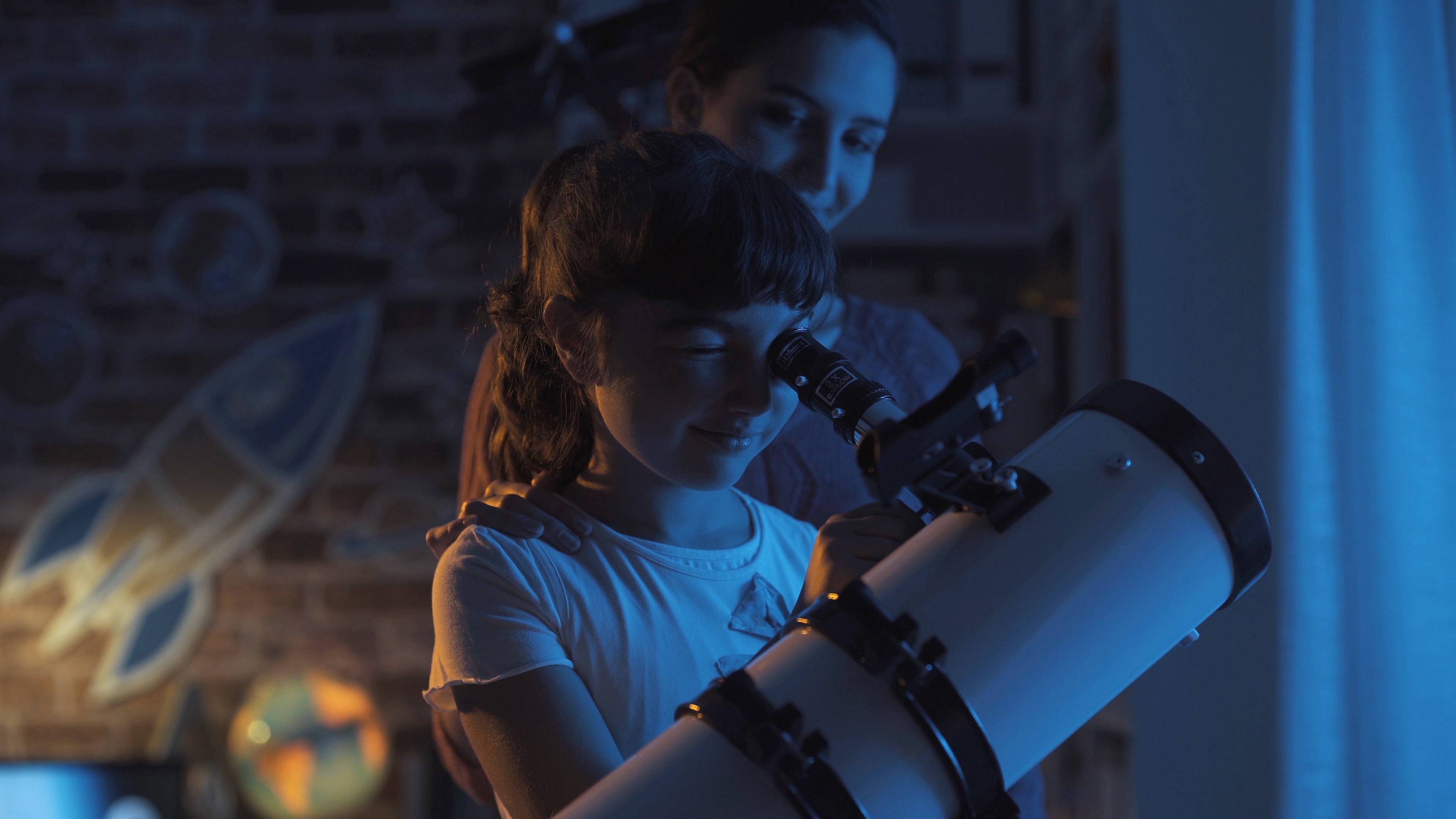
Starting at Merak, draw a line through Megrez, Alioth and Mizar and you’ll come to the constellation Hercules. It’s not especially bright and it may take you a few tries to see it. If you come to a bright, white star, that’s Vega, the brightest star in the constellation Lyra, the Lyre. We’ll come back to that shortly.
The Great Globular Cluster in Hercules
Returning to Hercules, look between the stars Eta and Zeta and you’ll find the Great Globular Cluster in Hercules. It’s a little too faint to see with your eyes, so you’ll need to use binoculars. The cluster looks superb through a telescope—it looks like a circular splash of stars against the sky.
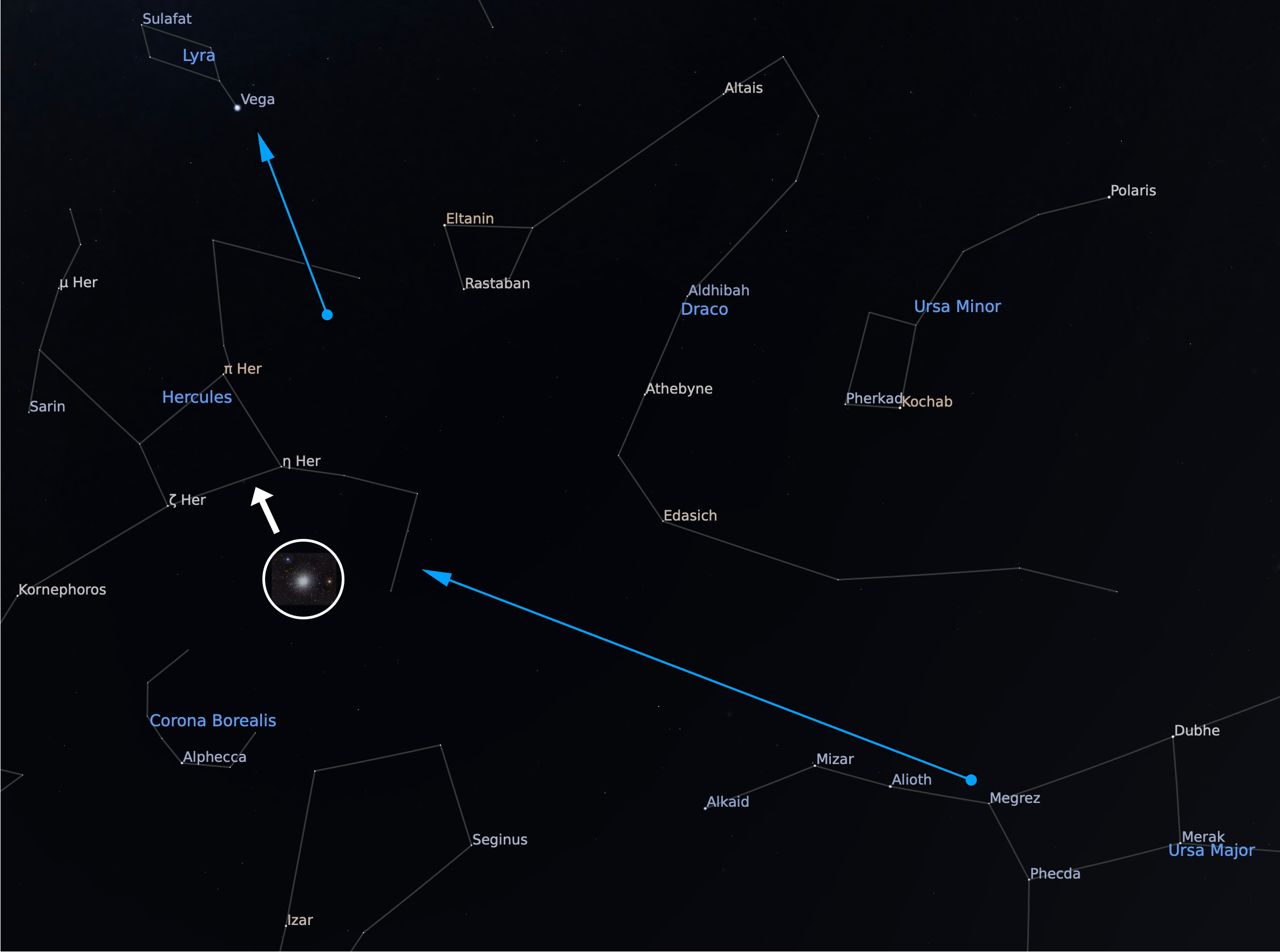
To the east of Hercules, we have the Lyra. Its brightest star, Vega, can often be found high overhead during summer nights, but you can also find it by drawing a line through Phad and Megrez in the Big Dipper. Lyra is a small constellation, but it holds a special double star that’s easy to find.
Look carefully at Vega and you may also notice a tiny star beside it. This is Epsilon Lyrae, and it’s known as the Double-Double. Binoculars will show two white stars, but look with a telescope and you’ll see both stars are split again.
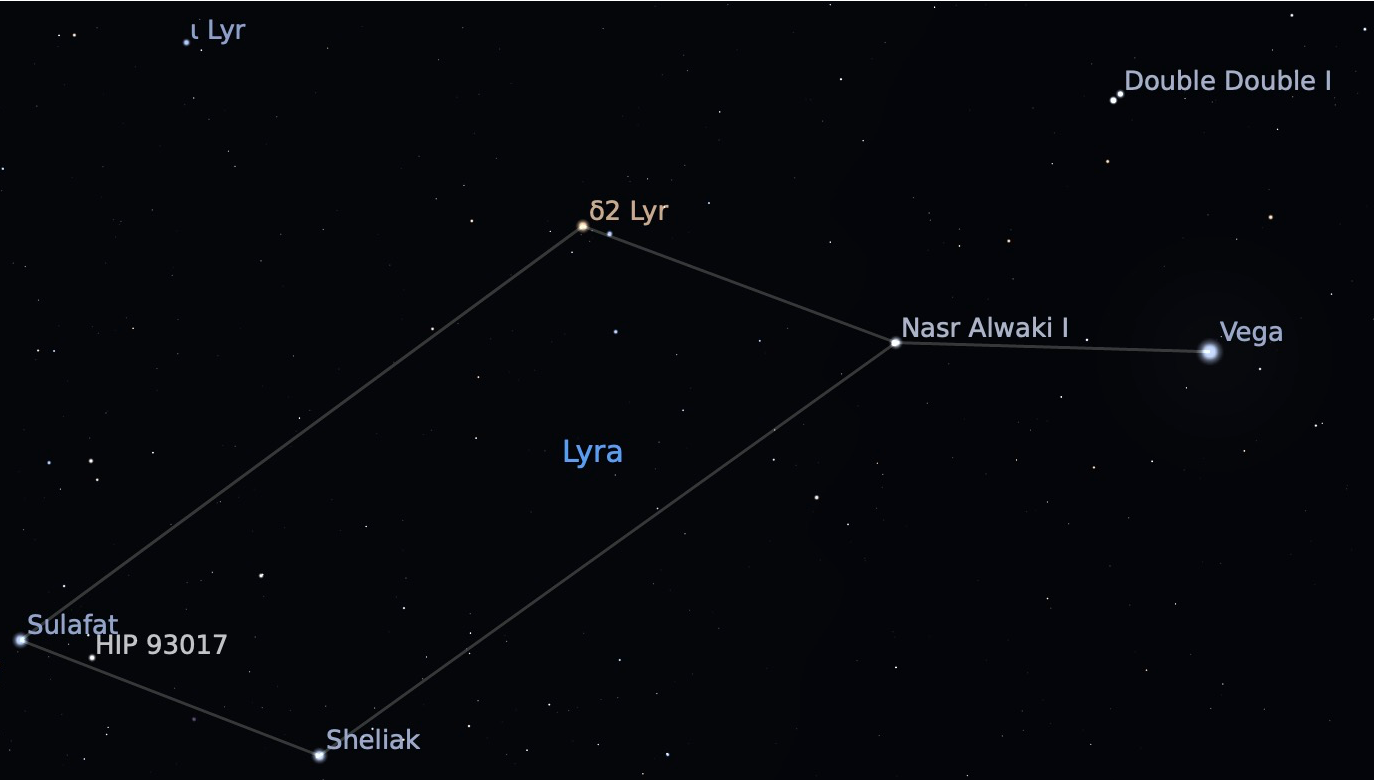
The Summer Triangle
Look again at Vega—can you see another, fairly bright star to the northeast and another to the southeast? The northeastern star is called Deneb, and it’s the brightest star in the cross-shaped constellation Cygnus, the Swan. The southeastern star is called Altair, and it’s the brightest star in the constellation Aquila, the Eagle. Together, these three stars make up the Summer Triangle.
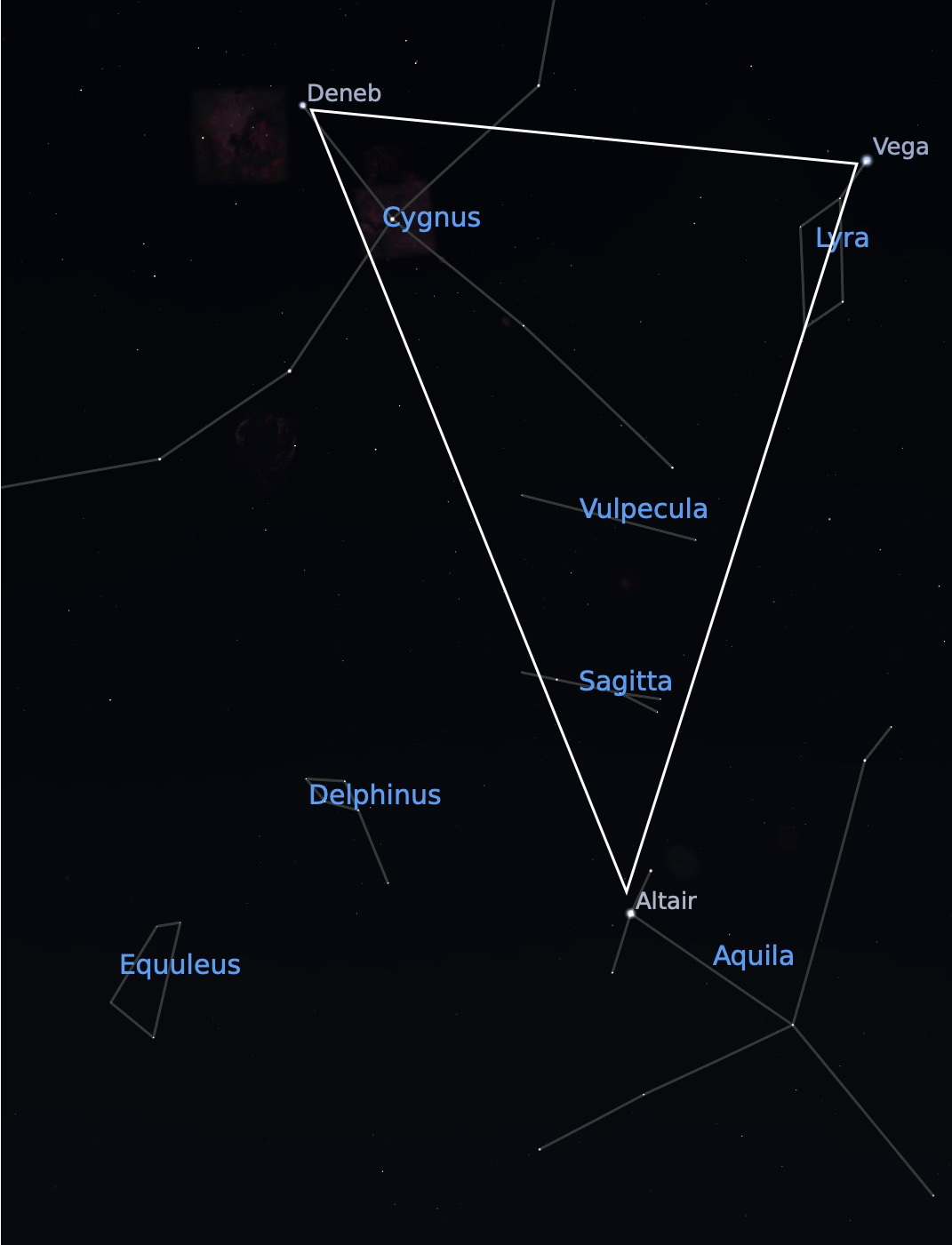
Roughly in the middle of the triangle is Beta Cygni, also known as Albireo. This is a beautiful double star. A telescope at low power will split it and reveal a gold star with a fainter, deep blue companion.
The Perseid meteor shower
Lastly, on the evening of August 12th, we have the Perseid meteor shower. A very reliable shower, you can count on it to produce a lot of shooting stars. In fact, under ideal conditions, you could see up to 100 an hour!







